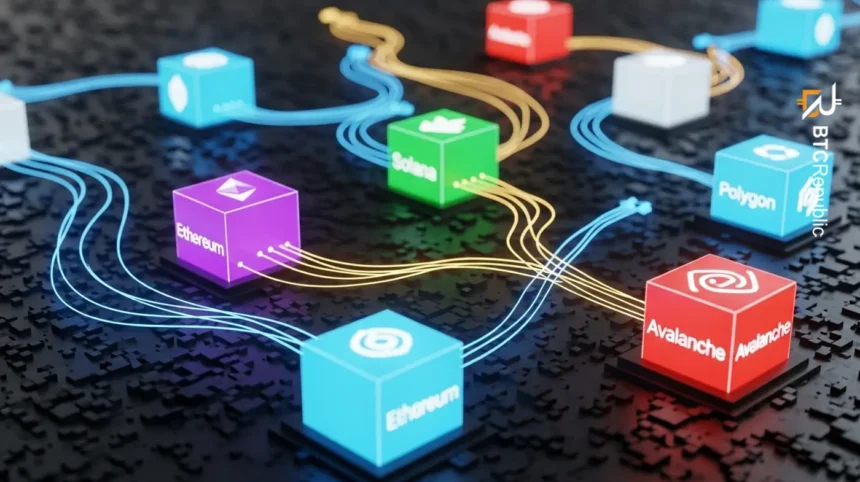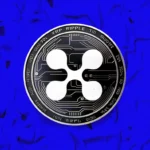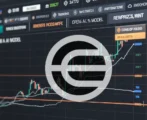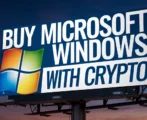To identify the best blockchain projects in 2025, it is necessary to look at evolving Blockchain trends and developments across different sectors, from finance to supply chains.
The evolution of blockchain from a speculative asset to utility-driven innovation is one of the most significant technological shifts of our time.
First-generation blockchains like Bitcoin proved the concept of a decentralized ledger but were limited in functionality, offering only basic transaction recording. Second-generation projects like Ethereum introduced more complex functionality through smart contracts, enabling decentralized applications (dApps).
- Understanding Modern Blockchain Innovation
- Top Blockchain Projects to Watch in 2025
- Ethereum (ETH) – The Foundation of Decentralized Innovation
- Solana (SOL) – Speed and Scalability for Web3 Apps
- Polygon (MATIC) – Layer-2 Scalability for Ethereum’s Ecosystem
- Avalanche (AVAX) – Fast, Flexible, and Enterprise-Ready Blockchain
- Cardano (ADA) – Academic Rigor Meets Sustainability
- Polkadot (DOT) – Powering Cross-Chain Communication
- Chainlink (LINK) – The Bridge Between Blockchains and Real-World Data
- Cosmos (ATOM) – The Internet of Blockchains
- Arbitrum (ARB) – Leading the Layer-2 Scaling Revolution
- Base (by Coinbase) – Mainstream-Friendly Layer-2 Platform
- Aptos
- Sui
- Near Protocol
- Innovative Blockchain Startups & Real-World Use Cases
- Enterprise Blockchain Solutions Shaping the Future
- Supply Chain Management & Logistics
- Financial Services & Cross-Border Payments
- Digital Identity & Data Management
- Healthcare
- Real Estate & Asset Tokenization
- The Future of Blockchain Technology
- Challenges to Overcome
- Conclusion: The Path Ahead for Blockchain Utility
- Frequently Asked Questions (FAQs)
- What is blockchain technology?
- Can businesses benefit from adopting blockchain technology?
- What is a Layer 2 network, and why is it important in 2025?
- Why is Real-World Asset (RWA) tokenization a major trend?
- How does AI integrate with blockchain projects?
- What is the main problem modular blockchains are trying to solve?
However, both generations struggled with the “blockchain trilemma,” finding it difficult to optimize for decentralization, security, and scalability simultaneously.
From 2017 to 2025, blockchain technology evolved from a niche cryptocurrency tool to a foundational technology for diverse applications. These applications are marked by the rise of next-gen blockchain projects, which include complex Decentralized Finance (DeFi) and Non-Fungible Tokens (NFTs).
Next-gen blockchain projects like Cosmos, Chainlink, and Celestia are moving beyond cryptocurrencies to overcome the trilemma (decentralization, security, and scalability) and integrate with the real world.
In this post, we will explore the top blockchain projects for 2025 and beyond. These blockchain projects are characterized by innovation, strong community support, and robust utility.
Understanding Modern Blockchain Innovation
Led by Bitcoin and early Ethereum, the first wave of blockchain heavily demonstrated the potential of decentralized, immutable ledgers. Nevertheless, it also exposed a major challenge in the ecosystem – the “blockchain trilemma.”
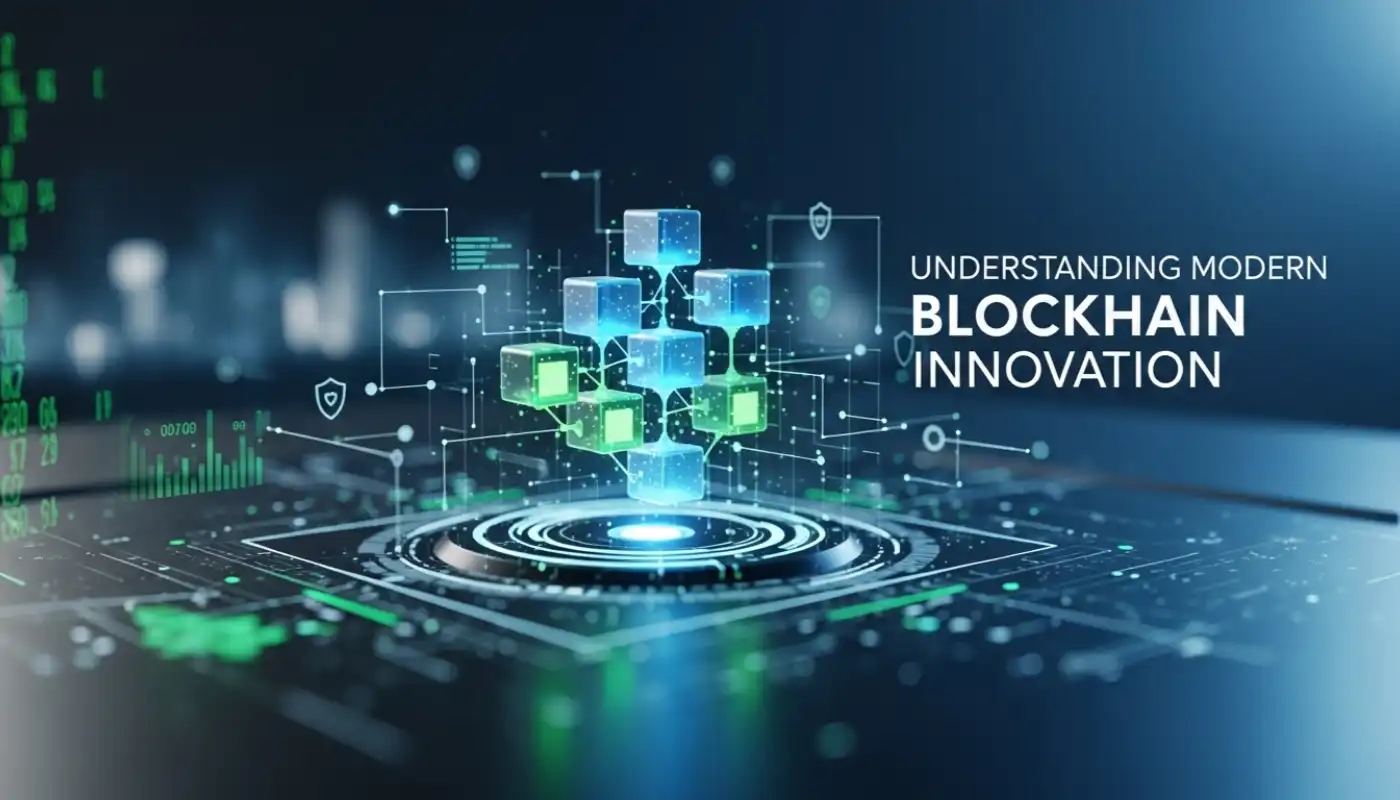
For context, the blockchain trilemma is the concept that a blockchain cannot simultaneously achieve high levels of decentralization, security, and scalability.
This challenge led to networks that were often slow, expensive, and operated in isolated silos. Thankfully, next-gen blockchain projects emerged with modern blockchain innovation, presenting novel approaches to solve this trilemma.
Smart contracts, interoperability, scalability, and governance are the core drivers of modern blockchain innovation, driving blockchain evolution beyond simple cryptocurrency and into a foundation for a wide array of dApps.
For instance, smart contracts eliminate the need for trusted intermediaries like banks or lawyers, automating lending, borrowing, and trading agreements with greater transparency, speed, and reduced costs. They also drive innovation in supply chain management, real estate, and gaming through the use of non-fungible tokens (NFTs).
Interoperability solves the problem of isolated blockchain “silos” and allows for a more connected and robust decentralized ecosystem.
Scalability enables blockchain to manage higher demand and growing adoption, making systems practical for mainstream use.
Blockchain governance ensures that the decentralized system can make crucial decisions and adapt to changes in technology, community needs, and regulations over time.
This evolution enables more complex functionalities, real-world applications beyond cryptocurrency, and adaptability for future growth.
Some real-world blockchain applications include:
Decentralized finance (DeFi)
Using smart contracts, lending and borrowing platforms like Aave and Compound enable their users to lend out their crypto assets to earn interest or borrow assets by providing collateral.
Peer-to-peer marketplaces, such as Uniswap and SushiSwap, enable users to trade digital assets directly from their crypto wallets without a centralized third party.
Low-liquidity assets like real estate, art, and even commodities can be represented as digital tokens on a blockchain, enabling fractional ownership and increasing liquidity.
Supply chain management
Businesses like Walmart and Nestlé use blockchain solutions, such as the IBM Food Trust network, for tracking and managing the movement of their goods for enhanced traceability and transparency.
Blockchain innovation enables industries with high rates of counterfeit goods, like Pfizer, to verify their products’ authenticity by giving them a digital identity.
Logistics and shipping firms like UPS and DHL have adopted blockchain to create a “single source of truth” for their shipment. This process streamlines operations, reduces errors, and improves communication between all parties.
Gaming
Blockchain technology is transforming the gaming industry by giving players true ownership of their in-game assets, such as characters, skins, and weapons, and enabling new play-to-earn models.
Platforms like Decentraland and The Sandbox are decentralized virtual worlds, where users can own, build on, and monetize virtual land and assets.
Axie Infinity is a play-to-earn platform, where players are rewarded with cryptocurrency or NFTs for participating in activities, providing them with real-world financial incentives.
Energy
Blockchain facilitates decentralized peer-to-peer (P2P) energy trading. For instance, Blockchain-based microgrids, like the Brooklyn Microgrid, allow individuals with renewable energy sources to sell their excess energy directly to their neighbors.
Blockchain can securely log real-time data on energy usage and production. This gives grid operators better information to optimize the grid and prevent blackouts.
Healthcare
Blockchain technology, through Hyperledger solutions, has been adopted for pharmaceutical supply chain tracking to combat counterfeit drugs. This enhances drug authenticity and makes recalls more efficient.
Blockchain is used for effective and secure clinical trial data management. This helps to ensure data integrity, prevent fraud, and automate consent management through smart contracts.
All these real-world blockchain applications are directly driving mass adoption and ensuring future readiness by developing crucial scaling, security, and usability features.
Now that we understand the evolution and impact of trending blockchain innovations, it’s a good time to consider some of the best blockchain projects out there.
Top Blockchain Projects to Watch in 2025
Currently, the blockchain landscape is defined by a fierce race for scalability, cross-chain interoperability, and enterprise adoption. Layer-1 projects are solidifying their foundations, while layer 2 scaling solutions are actively absorbing most of the user and transaction volume.
The top Blockchain projects listed below are leading in innovations, each poised for significant growth and impact in 2025 and beyond.
throughout the year.
This section presents an outlook on the best blockchain platforms to watch in 2025, highlighting their core value propositions.
Ethereum (ETH) – The Foundation of Decentralized Innovation
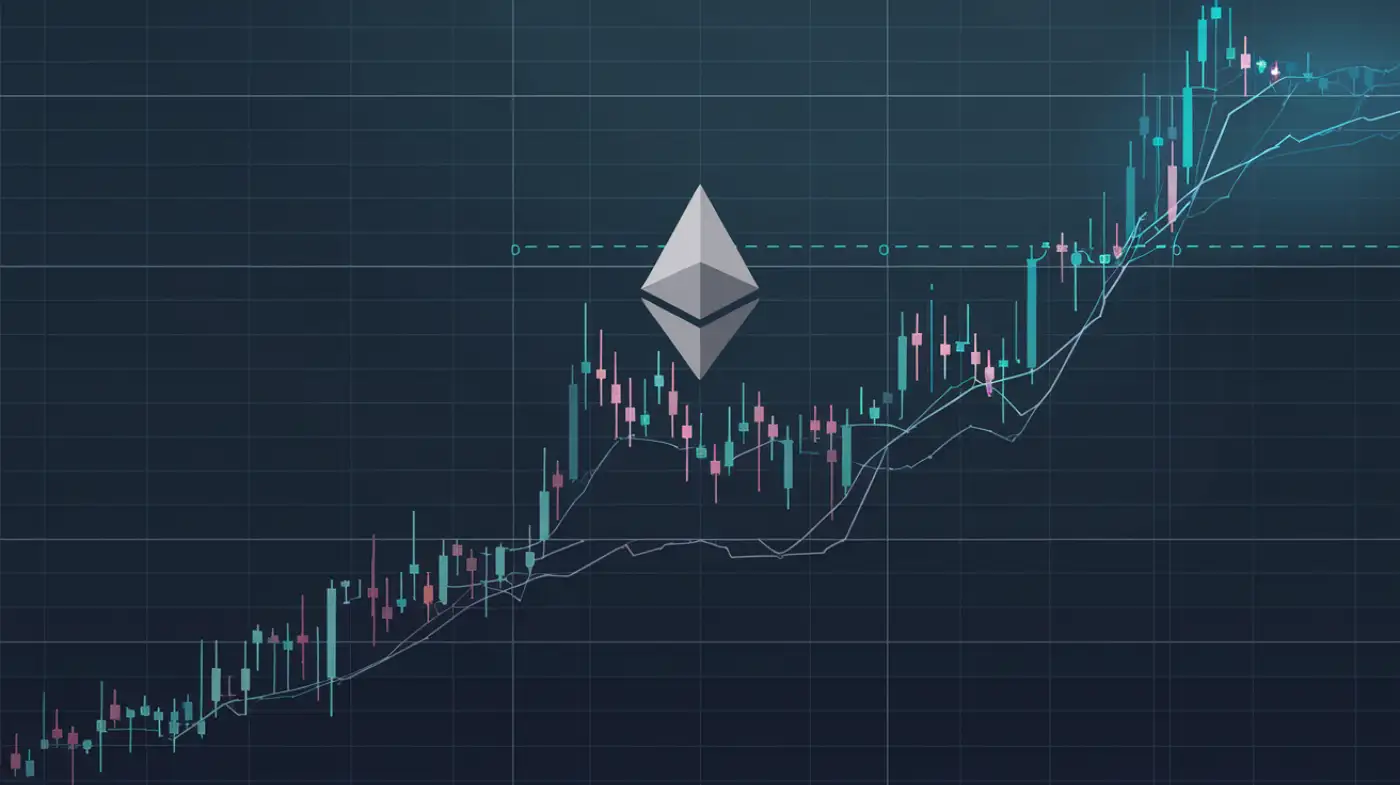
Ethereum remains the undisputed foundation of decentralized innovation, with the introduction of smart contracts and dApps. In 2025, Ethereum has not relented, but continues with modern innovations, hinging its future on its “rollup-centric” roadmap.
For instance, 2025 marks the full transition into the Surge and Scourge phases, with a focus on maximizing Layer-2 efficiency.
Key upgrades like Pectra are revolutionizing user experience by implementing EIP-7702. This allows Externally Owned Accounts (EOAs) to temporarily act like Smart Contract Accounts, effectively bridging the gap to full Account Abstraction (AA).
More so, network stability is being enhanced through EIP-7251, which raises the validator staking limit to 2048 ETH. This also reduces validator count and streamlines block finality.
Currently, Ethereum is focused less on native transaction throughput and more on serving as the ultra-secure, decentralized settlement layer for a massive, multi-chain ecosystem.
The upcoming Fusaka upgrade (EIP-7594/PeerDAS) is a significant Ethereum upgrade planned for late 2025.
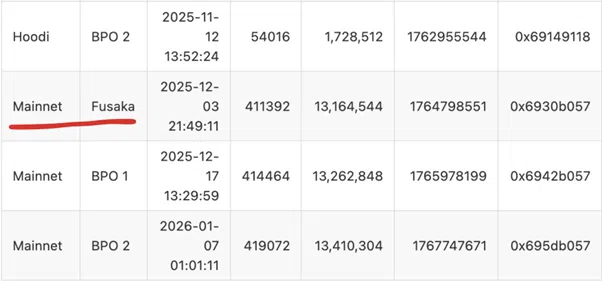
The upgrade promises to make the Ethereum network more scalable, efficient, and competitive, especially for enterprises managing large-scale transactions.
Ethereum’s key features include account abstraction, PoS security, and censorship resistance. Its utility spreads across the global settlement layer, Tokenized Asset Base, and DeFi hub.
Solana (SOL) – Speed and Scalability for Web3 Apps
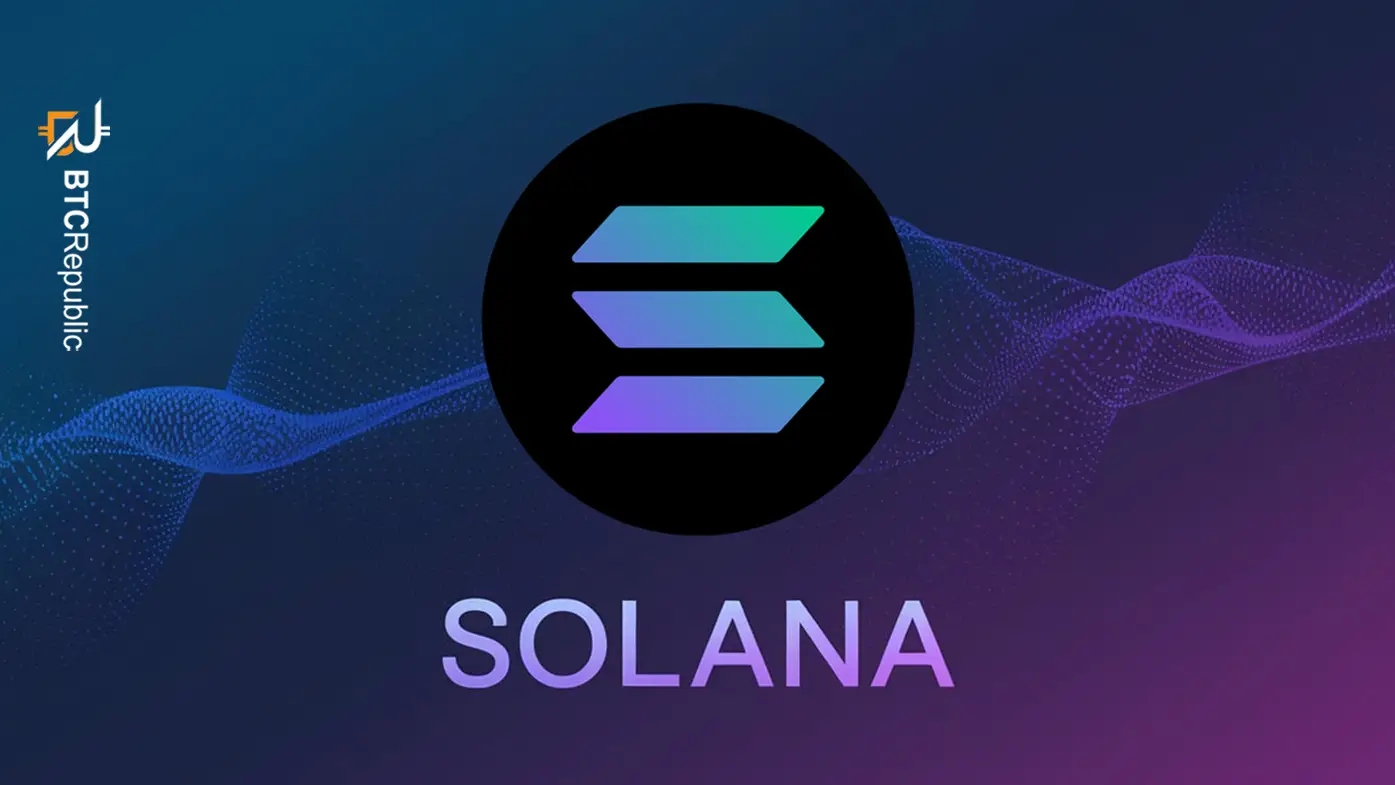
Solana continues with its relentless pursuit of high-performance and low-cost execution. This execution helps the network solidify its position as the top choice for consumer-facing Web3 applications and high-frequency trading.
Solana’s defining moment in 2025 is the full rollout and adoption of Firedancer, a new, independent validator client developed by Jump Crypto.
Firedancer dramatically enhances the resiliency of Solana’s network by diversifying the validator ecosystem. The diversification mitigates single points of failure that previously caused network outages – a boost for institutional confidence.
Coupled with the upcoming Alpenglow upgrade, which promises to optimize transaction management and reduce validator data loads, Solana aims to push its transaction throughput into the millions per second.
Currently, Solana’s focus remains on vertical scaling. This would make Solana the fastest path for onboarding high-volume retail users, especially within DePIN, payments, and gaming.
Solana features low latency, parallel processing, and multi-client architecture via Firedancer. The network is very useful for gaming, DePIN, high-frequency DeFi, and payment rails.
Polygon (MATIC) – Layer-2 Scalability for Ethereum’s Ecosystem
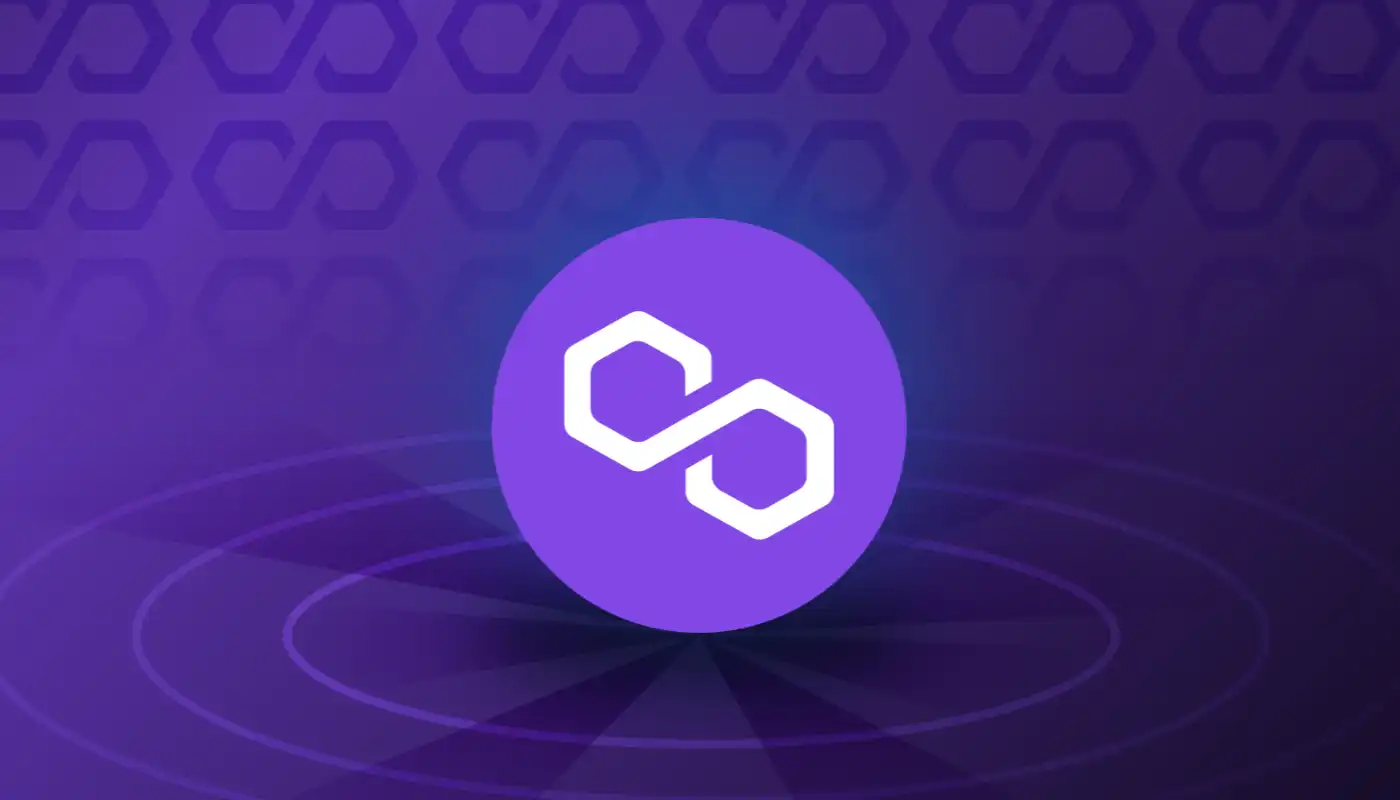
Polygon started as a PoS sidechain, but has since pivoted towards a unified ecosystem of Layer 2 solutions built around ZK-rollups (Zero-Knowledge).
The Polygon 2.0 vision is fully realized in 2025, centering on the zkEVM as the core scaling engine. This ZK-EVM is fully Ethereum-equivalent, enabling developers to migrate Solidity smart contracts seamlessly while benefiting from cryptographic proof-based security and vastly reduced costs.
This architecture aims to unify liquidity across Polygon’s different chains, including its application-specific chains (called “Supernets”).
The introduction of the POL token as the staking and governance asset across this interconnected ecosystem also signals a deeper commitment to cross-chain security and coordination.
Currently, Polygon is strategically positioned as the ZK scaling leader, appealing both to sophisticated DeFi users and enterprise partners seeking privacy and efficiency.
The Polygon network features ZK-EVM equivalence, Supernets, unified liquidity, and POL staking. Its utility encompasses enterprise solutions, high-security DeFi, and Sovereign Chain Deployment.
Avalanche (AVAX) – Fast, Flexible, and Enterprise-Ready Blockchain
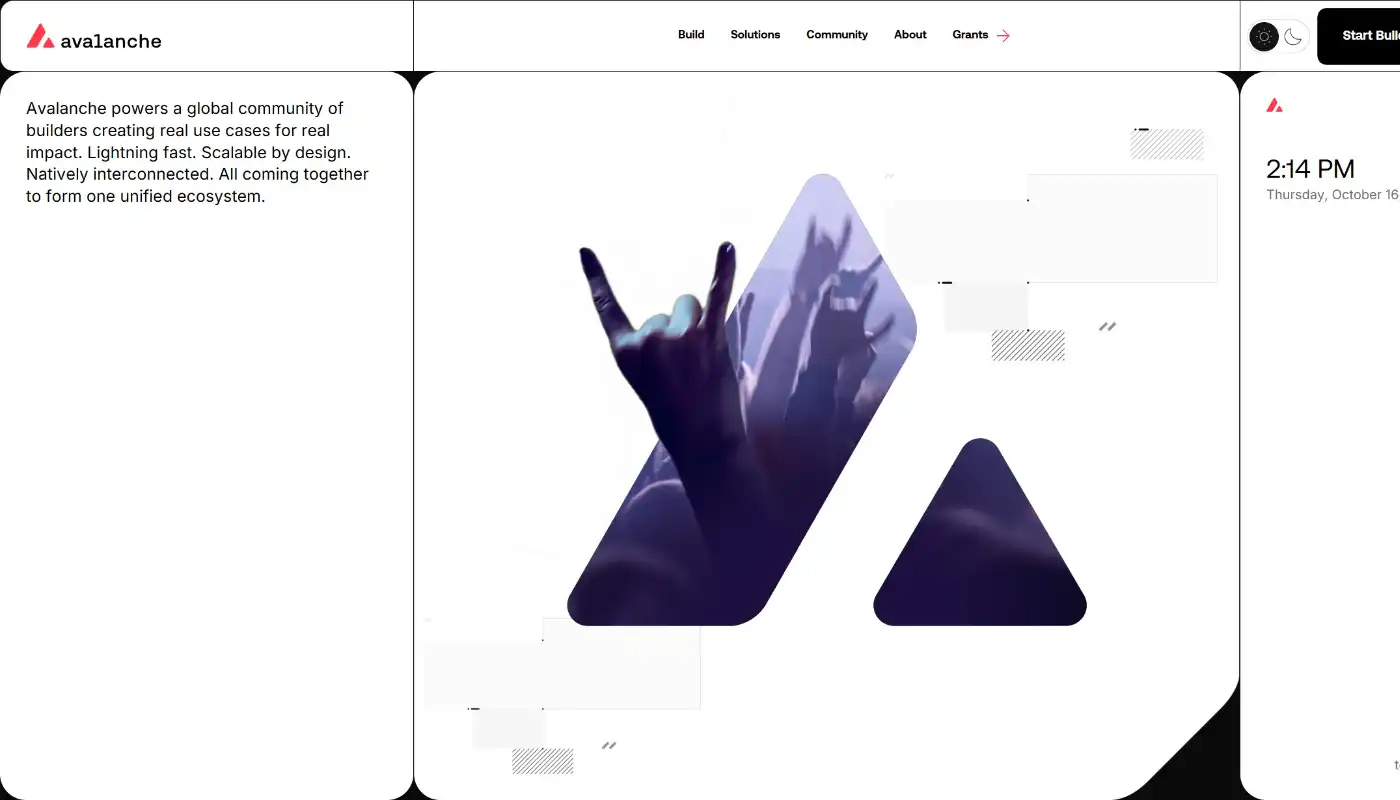
Avalanche features a unique subnet architecture, which differentiates it from other blockchain networks. This unique feature enables anyone to launch their own customized, application-specific blockchain with tailored security parameters on Avalanche.
The HyperSDK (Hyper Scalable Development Kit) becomes the centerpiece of Avalanche’s developer offering in 2025. HyperSDK aims at simplifying the creation of these high-throughput subnets, which provide scalable capacity outside of the main chain’s congestion.
This feature has made Avalanche one of the favorites for institutional use cases, particularly in finance and asset tokenization, where regulatory compliance and customized performance are paramount.
The Avalanche’s C-Chain remains the bustling hub of DeFi, but the major growth driver is the expansion of custom subnets.
Avalanche features subnet architecture, HyperSDK, P-Chain security, EVM compatibility (C-Chain). Its utility spans across enterprise tokenization, regulatory compliance layers, custom app-chains, and institutional finance.
Cardano (ADA) – Academic Rigor Meets Sustainability
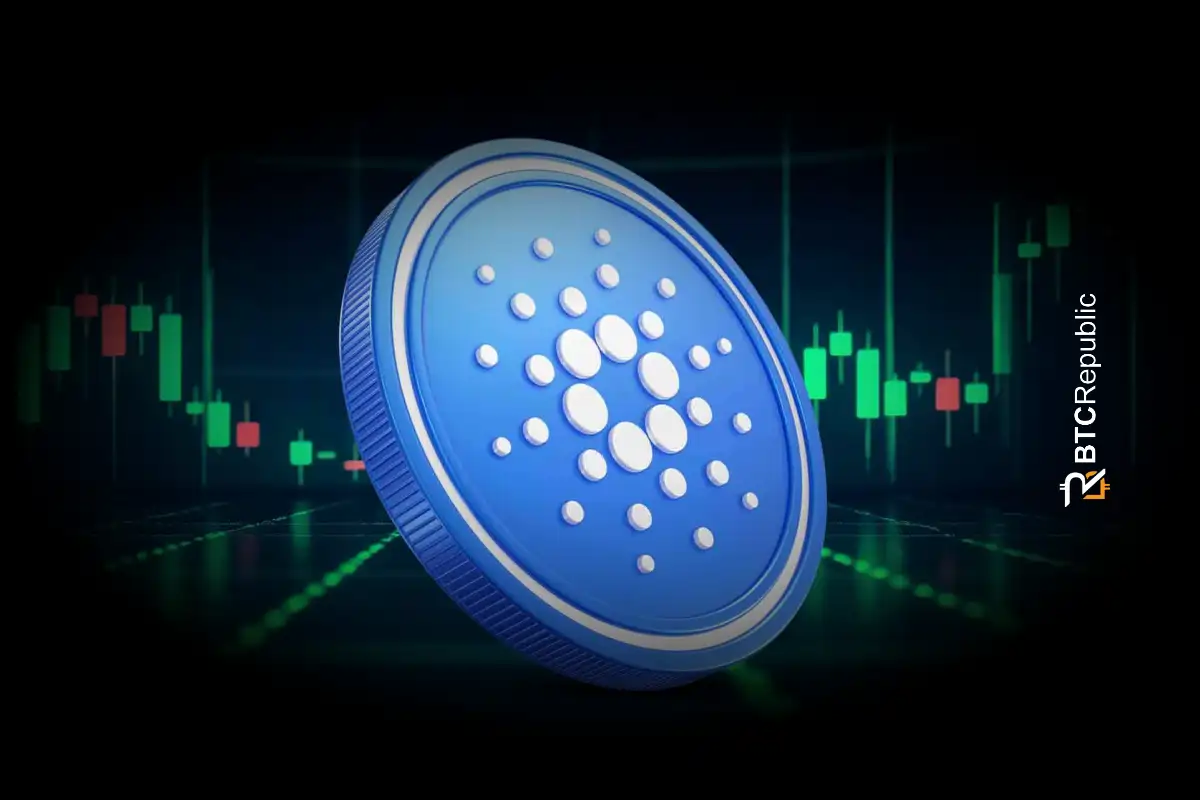
The second phase of Cardano’s crucial Voltaire era (Plomin hard fork) in December 2025 will finalize its transition to a fully decentralized governance model.
This phase introduces an on-chain treasury and voting system, putting the network’s future funding and technical direction entirely in the hands of ADA holders.
Technologically, the focus is on the maturation and adoption of Hydra, its Layer 2 scaling solution. Hydra aims to provide exponential throughput gains by creating “Hydra Heads.”
Hydra Heads are off-chain state channels capable of handling near-instant transactions privately before settling back on the main chain.
The launch of the privacy-focused sidechain Midnight is also expected, offering a compliant environment for dApps that require data protection.
Cardano’s commitment to academic peer-review and ecological sustainability ensures its appeal to government bodies, educational institutions, and users prioritizing stability and long-term viability.
Cardano features Ouroboros PoS, Voltaire governance, Hydra layer 2, and Midnight sidechain. Its utility covers digital identity, academic research, supply chain traceability, and compliant privacy dApps.
Polkadot (DOT) – Powering Cross-Chain Communication
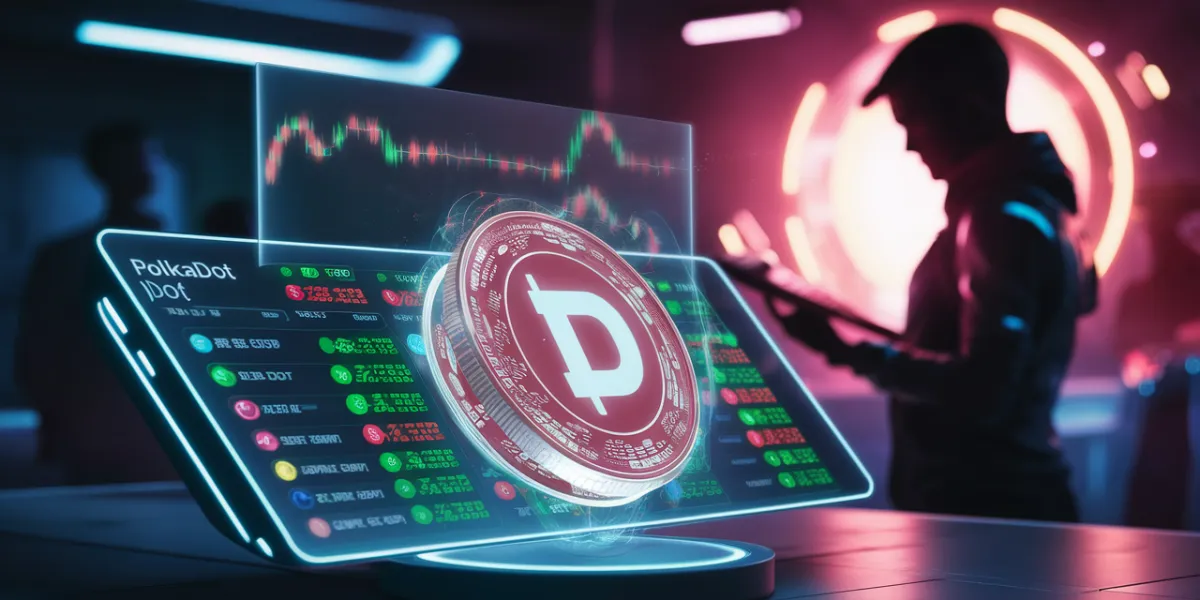
Polkadot’s unique shared security model is currently undergoing a transformative shift toward Polkadot 2.0.
This upgrade is moving away from the rigid, fixed two-year parachain slot auctions to a more flexible, demand-driven model called Coretime.
Instead of buying a slot, developers can purchase “Coretime” in bulk or on demand, making the platform more accessible and capital-efficient for projects.
This change is designed to radically increase the number and diversity of dApps building on Polkadot, especially smaller, niche Web3 services.
By facilitating seamless and trust-minimized communication between its parachains via the XCMP protocol, Polkadot focuses on being a secure, multi-chain operating system rather than a general-purpose execution layer.
Polkadot features shared security, Coretime (Polkadot 2.0), XCMP interoperability, and Parachain customization. Its utility spans interoperable infrastructure, cross-chain data exchange, and modular blockchain design.
Chainlink (LINK) – The Bridge Between Blockchains and Real-World Data
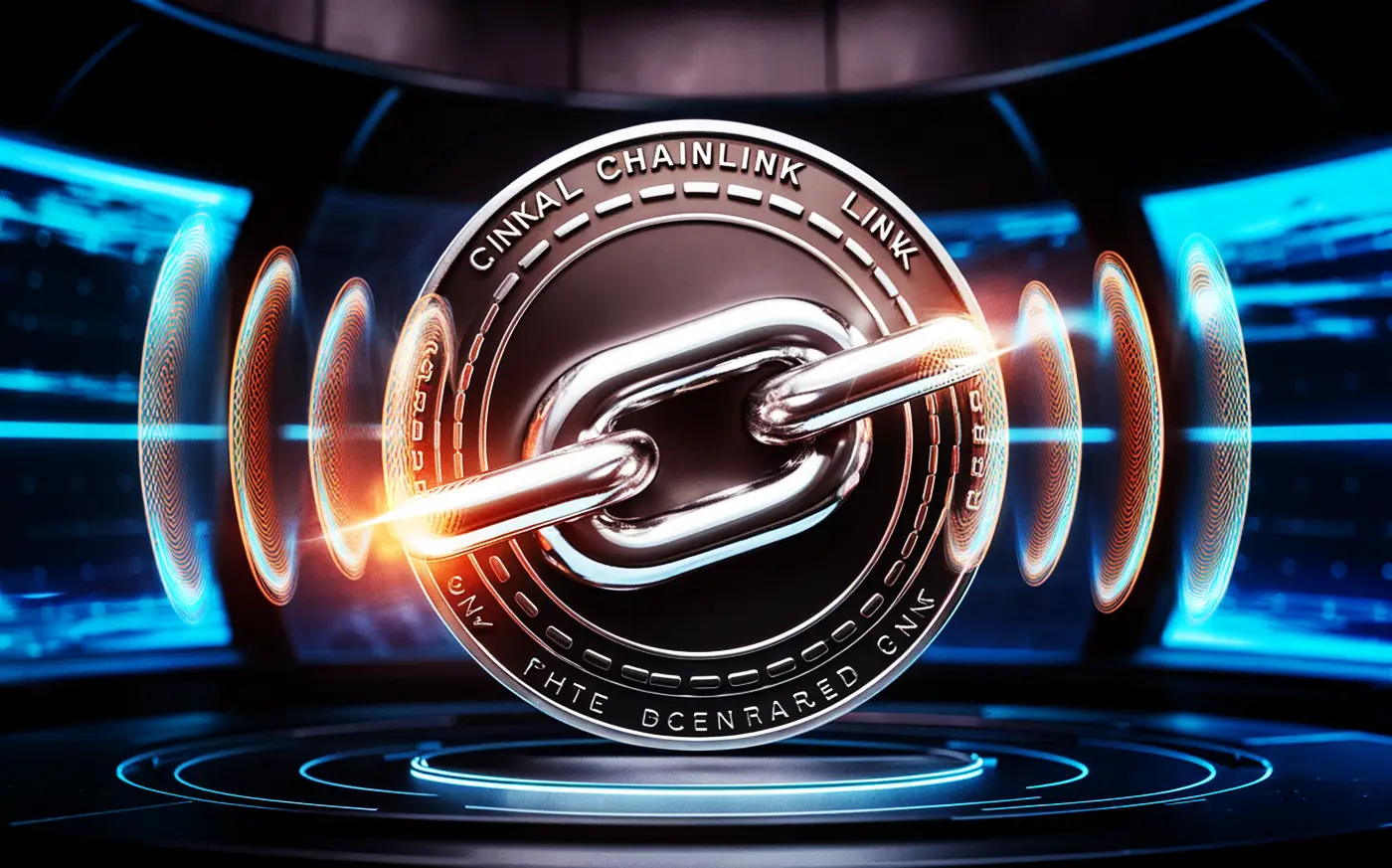
Chainlink is an essential Blockchain infrastructure in the world of DeFi. It acts as the decentralized oracle layer connecting smart contracts to off-chain data and traditional finance systems.
Chainlink’s focus in 2025 is on the integration of the Cross-Chain Interoperability Protocol (CCIP).
CCIP aims at enabling secure, reliable, and auditable data and token transfers between any connected blockchain, whether public or private.
This integration is crucial for major financial institutions looking to tokenize real-world assets (RWAs) and need a secure way to move those assets across multiple regulated chains.
CCIP is integrated across all major Layer 2 ecosystems, such as Arbitrum, Base, and Polygon, and is fast becoming the industry standard for cross-chain token settlement and messaging.
Chainlink’s growing network of Data Feeds, coupled with CCIP, solidifies LINK as the indispensable middleware for the future of multichain and the revolution of tokenization.
Chainlink features CCIP cross-chain standard, decentralized Oracle networks, proof-of-reserve, and automation. RWA tokenization, secure cross-chain transfers, institutional DeFi, and real-world data feeds are some of Chainlink’s utilities.
Cosmos (ATOM) – The Internet of Blockchains
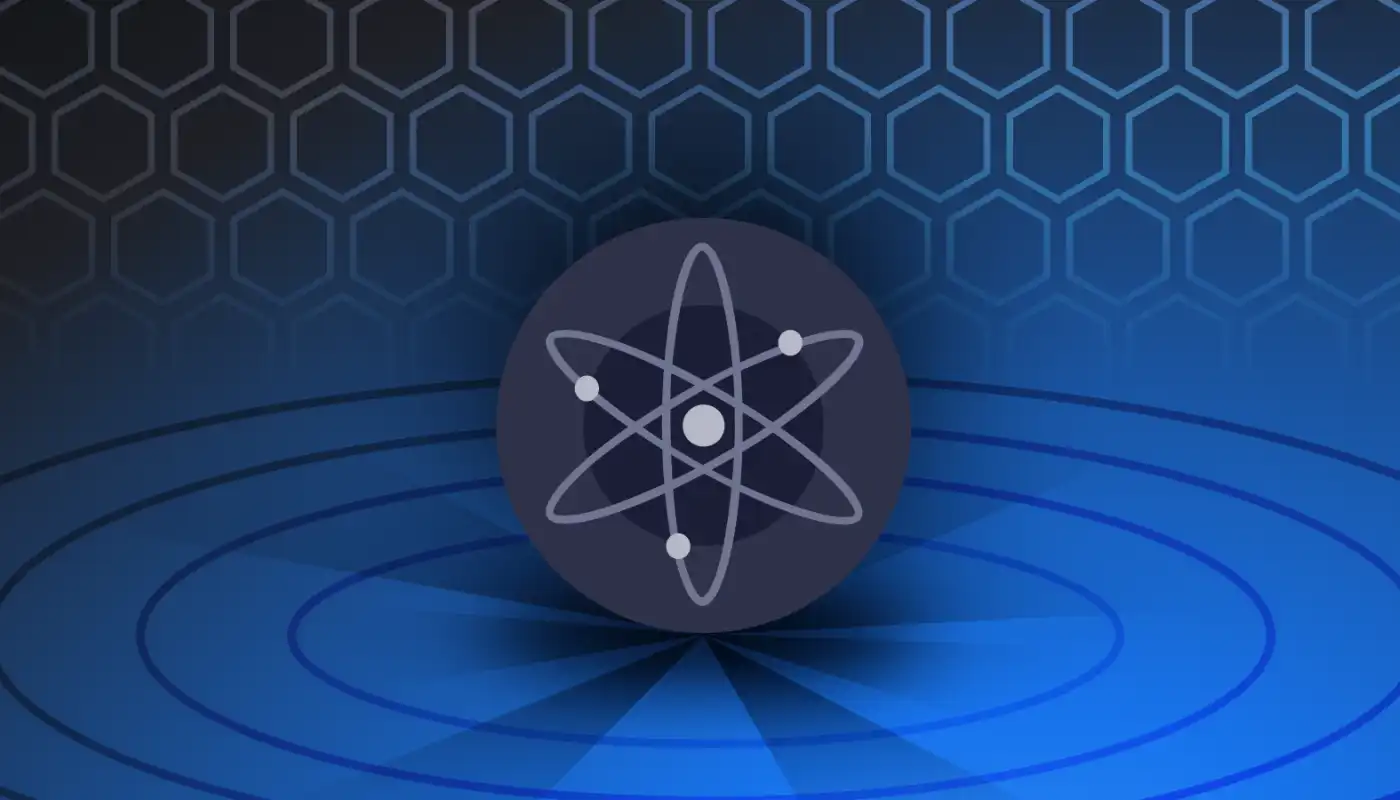
Cosmos is the leading ecosystem for sovereign, application-specific blockchains, often referred to as “app-chains.”
Unlike Polkadot’s shared security model, Cosmos blockchains usually maintain their own validator sets and communicate seamlessly using the Inter-Blockchain Communication (IBC) Protocol.
Currently, the focus is on the adoption of Interchain Security (ICS).
ICS allows newer, smaller chains to lease security from the highly decentralized Cosmos Hub (ATOM). This move addresses the previous issues with the fragmentation of security. This ICS implementation is also key to unlocking unified liquidity and strengthening the overall network effect.
Cosmos is a platform for extreme customization, enabling projects like dYdX and Celestia to launch highly optimized execution layers free from the constraints of general-purpose chains.
This modular approach makes it the preferred toolkit for specialized DeFi protocols and unique Web3 infrastructure.
Cosmos features IBC protocol, Cosmos SDK, interchain security (ICS), and sovereign app-chains. Its utility covers specialized DeFi, modular data availability, and cross-chain NFT/asset transfer.
Arbitrum (ARB) – Leading the Layer-2 Scaling Revolution
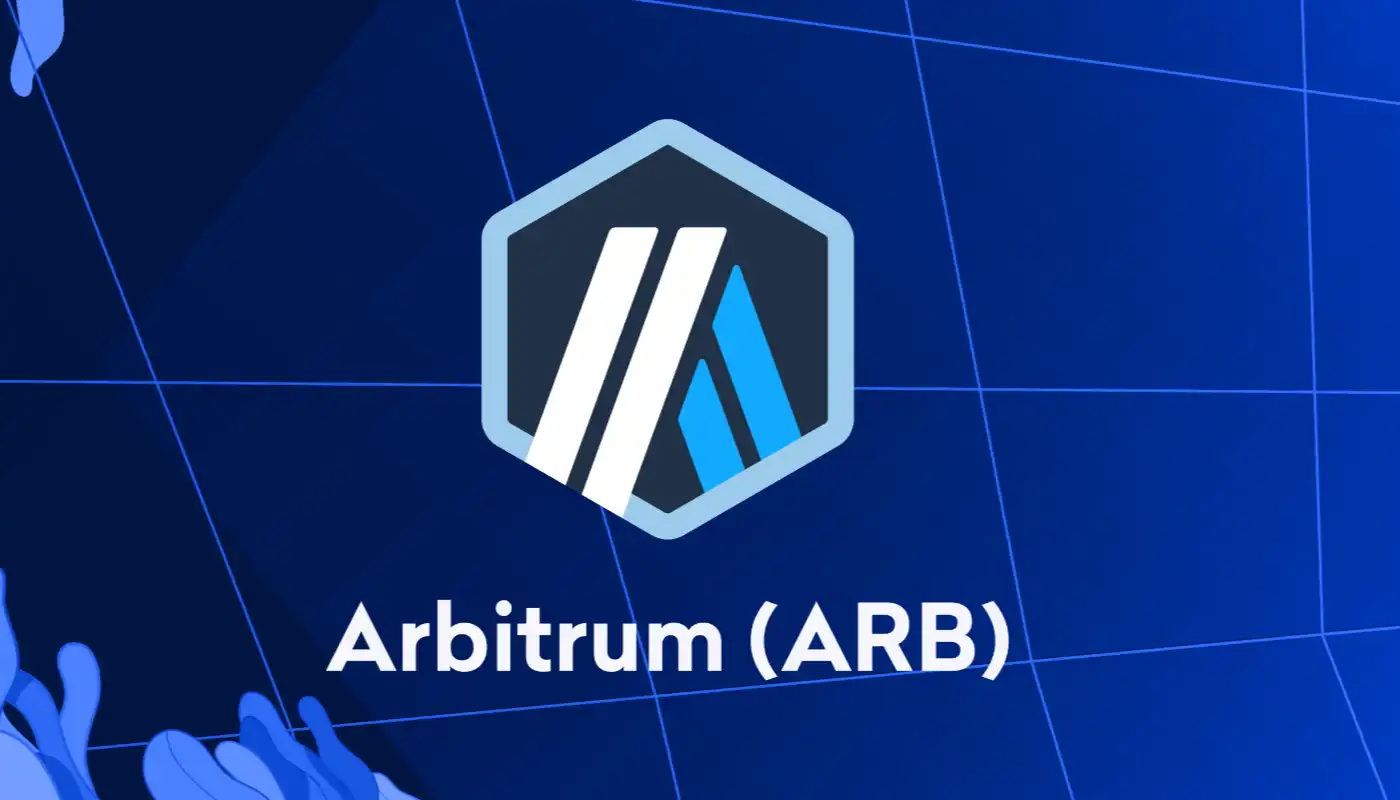
Arbitrum has solidified its status as the dominant Layer 2 optimistic rollup. It is leading the Ethereum scaling race with the highest TVL and a vast, diverse DeFi ecosystem.
In 2025, Arbitrum’s growth story shifted from organic growth to infrastructural expansion through the Arbitrum Orbit framework.
The framework enables projects to easily launch their own customizable, permissionless Layer 3 chains that settle back to Arbitrum’s mainnet.
This Layer 3 ecosystem is expected to expand rapidly, turning Arbitrum into a powerful hub of specialized, scalable networks.
The Arbitrum DAO is a gateway to decentralized excellence. It is actively funding ecosystem growth initiatives and driving governance efficiency.
With daily transactions rivaling the Ethereum mainnet and a focus on lowering data costs through continued adoption of EIP-4844 and future data availability solutions, Arbitrum is positioned as the primary settlement and execution layer for high-throughput Ethereum applications.
Arbitrum features Optimistic Rollup, Arbitrum Orbit (Layer 3), Stylus (Multi-language VM), and high TVL. Its utility encompasses scalable DeFi, Layer 3 app-chains, institutional integration, and low-cost transactions.
Base (by Coinbase) – Mainstream-Friendly Layer-2 Platform
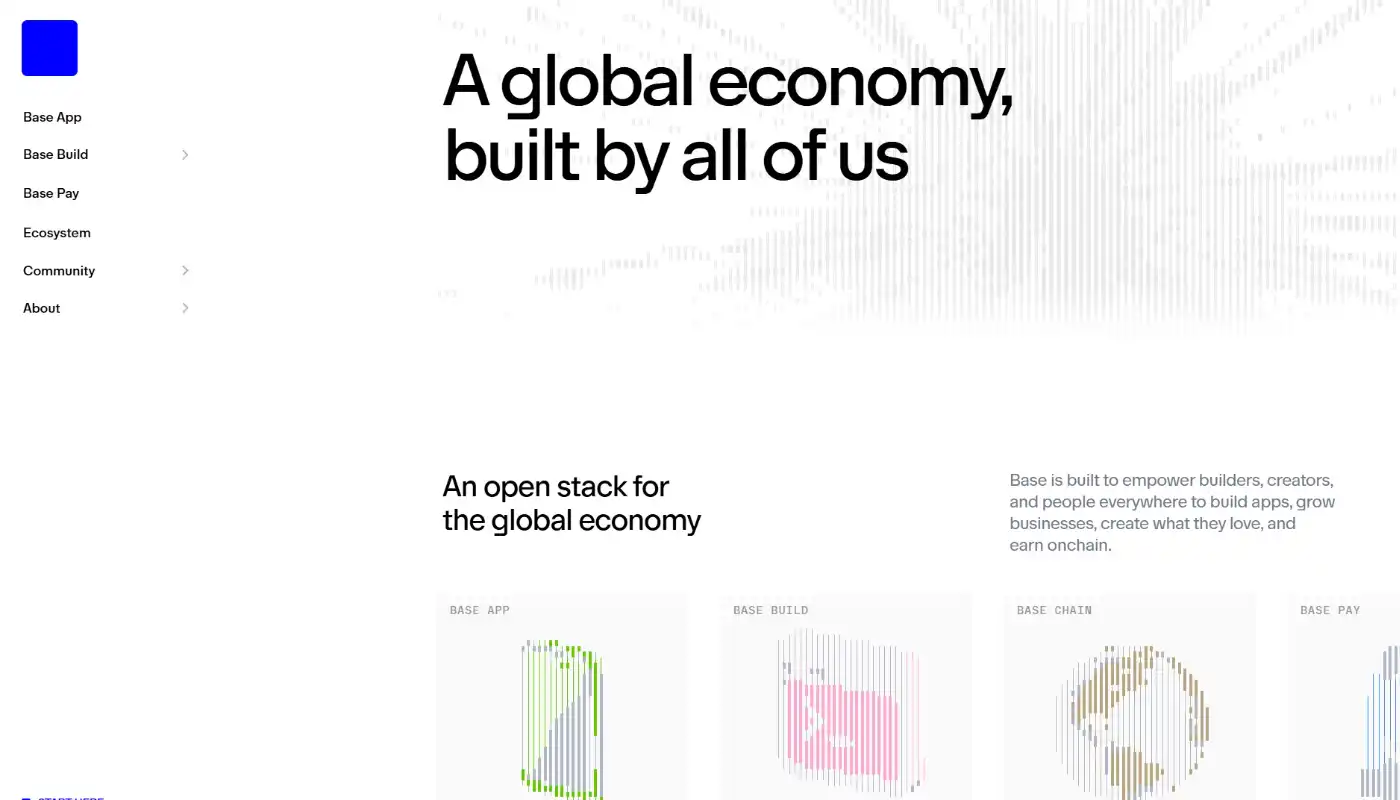
Launched by Coinbase in February 2023, Base is an optimistic Layer 2 built on the Optimism Stack (OP Stack). This gives Base an inherently mainstream advantage.
In 2025, Base’s core utility is to serve as the default on-ramp for Coinbase’s immense user base, connecting them directly to the decentralized economy.
Its mission is to be a platform for bringing Coinbase’s next billion users into Web3. This strategic positioning means that Base benefits from seamless integration with Coinbase’s fiat gateways. This integration lowers the friction of moving funds from traditional banking into DeFi.
The Base chain is actively prioritizing social applications (SocialFi) and consumer experiences, seeing rapid growth in active user metrics.
Base acts as a regulatory-friendly, highly accessible execution layer, making it arguably the most potent bridge between the legacy financial world and the decentralized future.
The chain features Coinbase backing, OP Stack compatibility, low-friction on-ramp, and SocialFi focus. Its utility covers retail onboarding, payment processing, social applications, and consumer-grade Web3.
Aptos
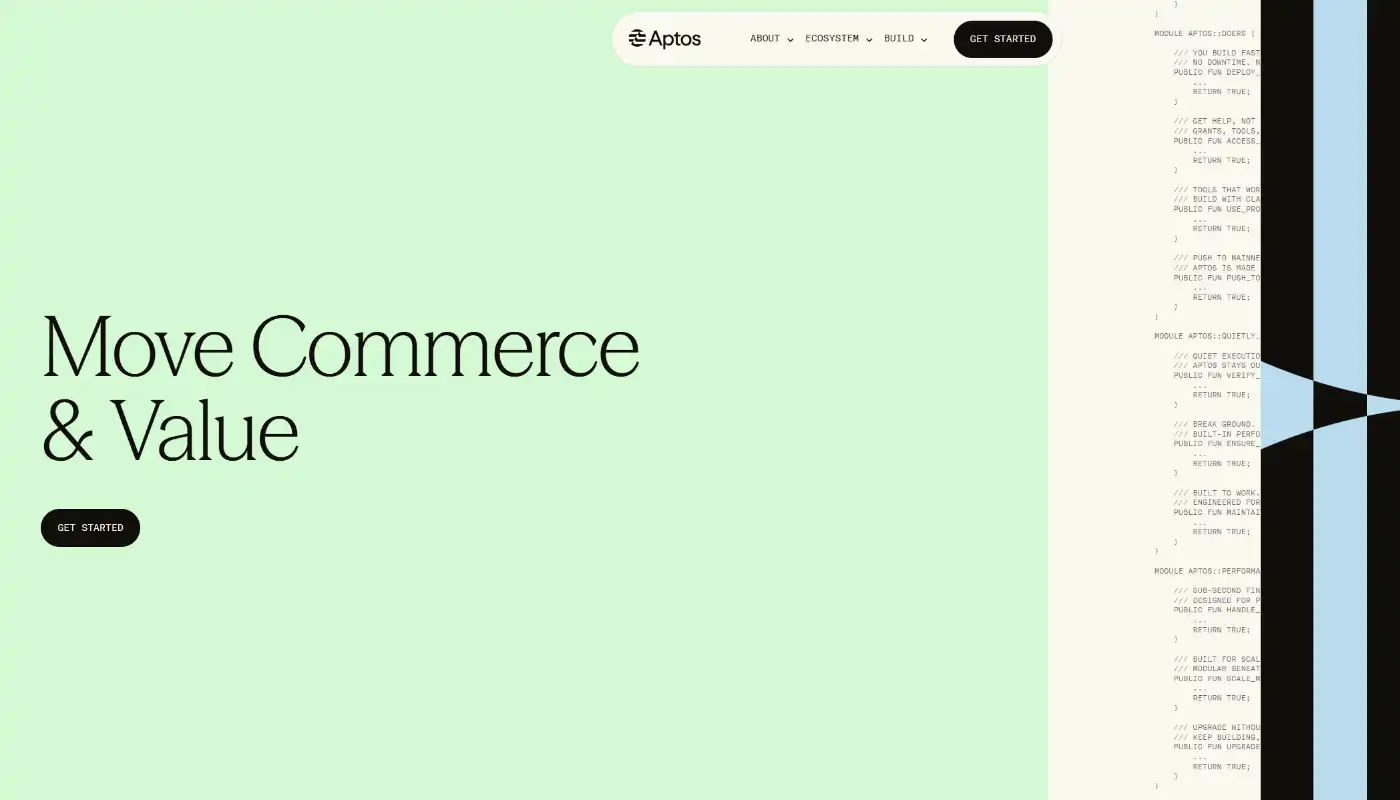
Aptos uses the Move smart contract language, which is quite a notable feature.. Move is a resource-oriented language designed for safe resource management and formal verification. This language helps to prevent common smart contract vulnerabilities on Aptos chains.
Also, Aptos uses a technology called Block-STM, which allows for the parallel execution of multiple transactions. This means transactions can be processed concurrently, significantly increasing throughput and reducing latency.
Finally, this chain employs a highly efficient Byzantine Fault Tolerance (BFT) consensus mechanism, allowing for fast and reliable finality.
Sui
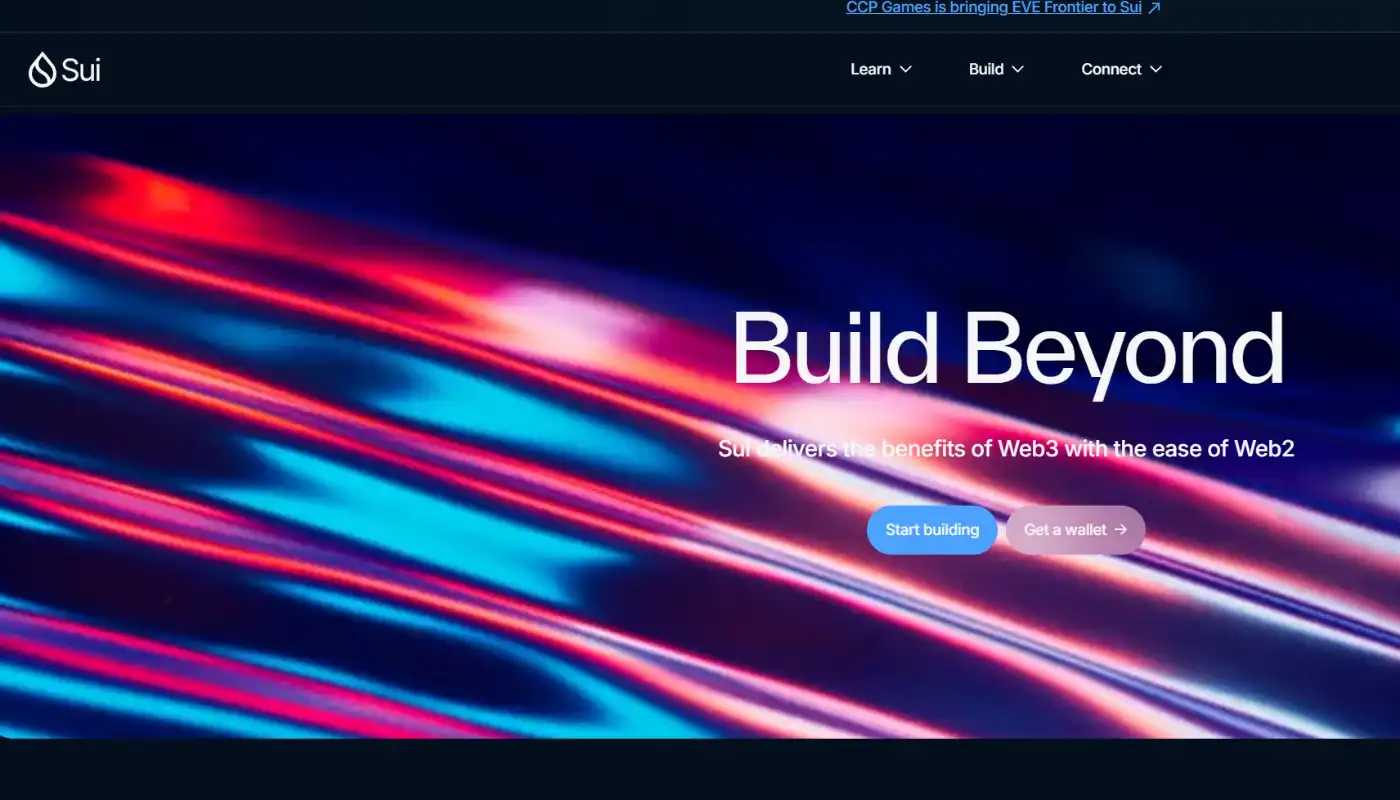
Sui also uses the Move language just like Aptos. However, Sui implements an object-centric data model, where assets are treated as objects owned by addresses, not just balances in an account. This design allows for a unique approach to parallel execution.
Sui adopts a separate consensus mechanism, often described as a combination of Narwhal (a mempool protocol) and Bullshark (a DAG consensus engine).
This architecture allows simple, independent transactions to bypass full consensus, resulting in near-instant finality and massive throughput for assets like NFTs and game items.
Near Protocol
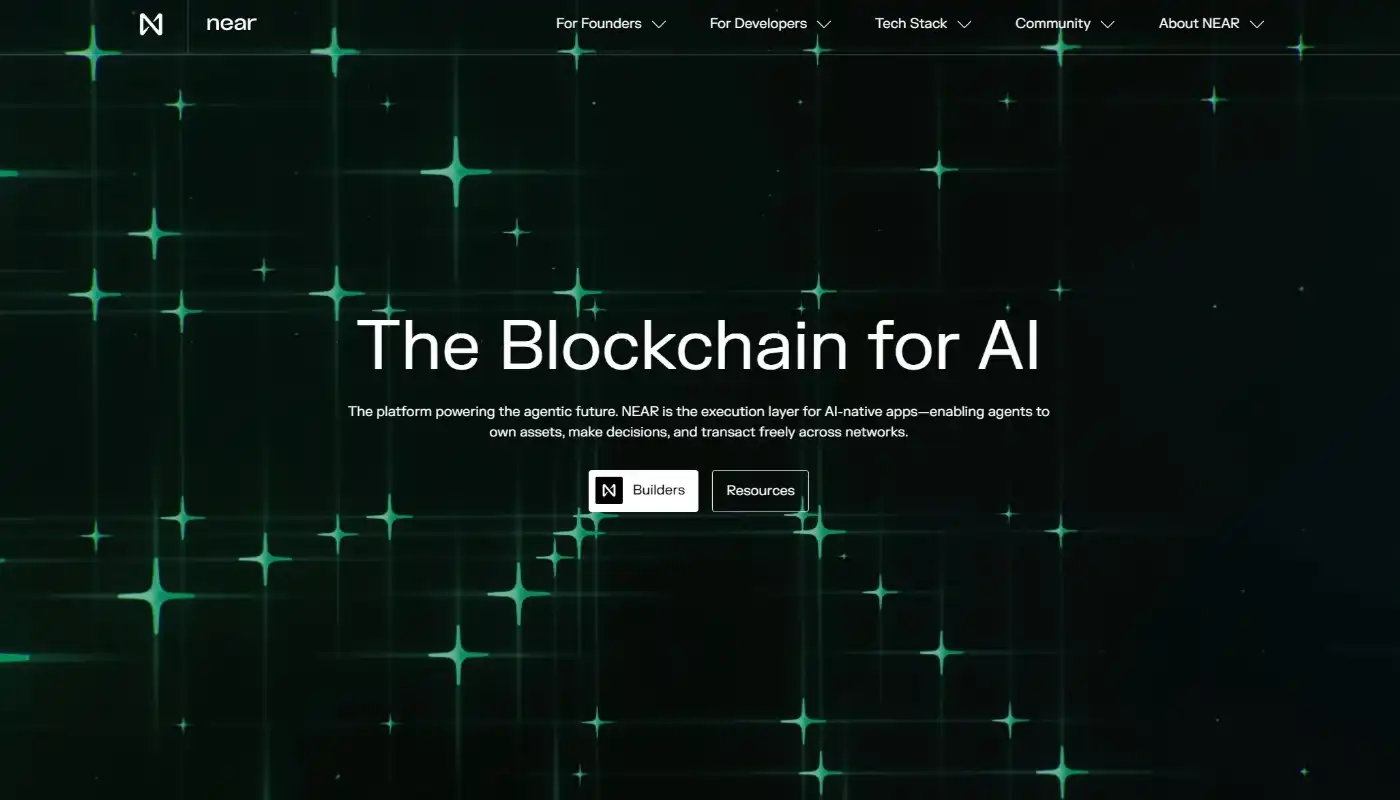
Near Protocol uses the Nightshade sharding scaling solution, which divides the network’s processing load into smaller, parallel segments called “shards.” This allows the network capacity to scale horizontally as more validators join.
This project is heavily focused on user and developer experience. Near uses features like human-readable account IDs i.e., myname.near instead of a long hexadecimal address, and a unique transaction fee model aimed at making Web3 feel like Web2.
Near Protocol built Aurora, an Ethereum Virtual Machine (EVM) that runs on the Near Protocol. This allows developers to deploy existing Ethereum smart contracts with the benefit of Near’s speed and low costs.
Innovative Blockchain Startups & Real-World Use Cases
Innovative blockchain companies are focused on solving complex real-world problems by leveraging the technology’s core features like transparency, immutability, and decentralization.
Here are the real-world blockchain use cases for each project:
VeChain
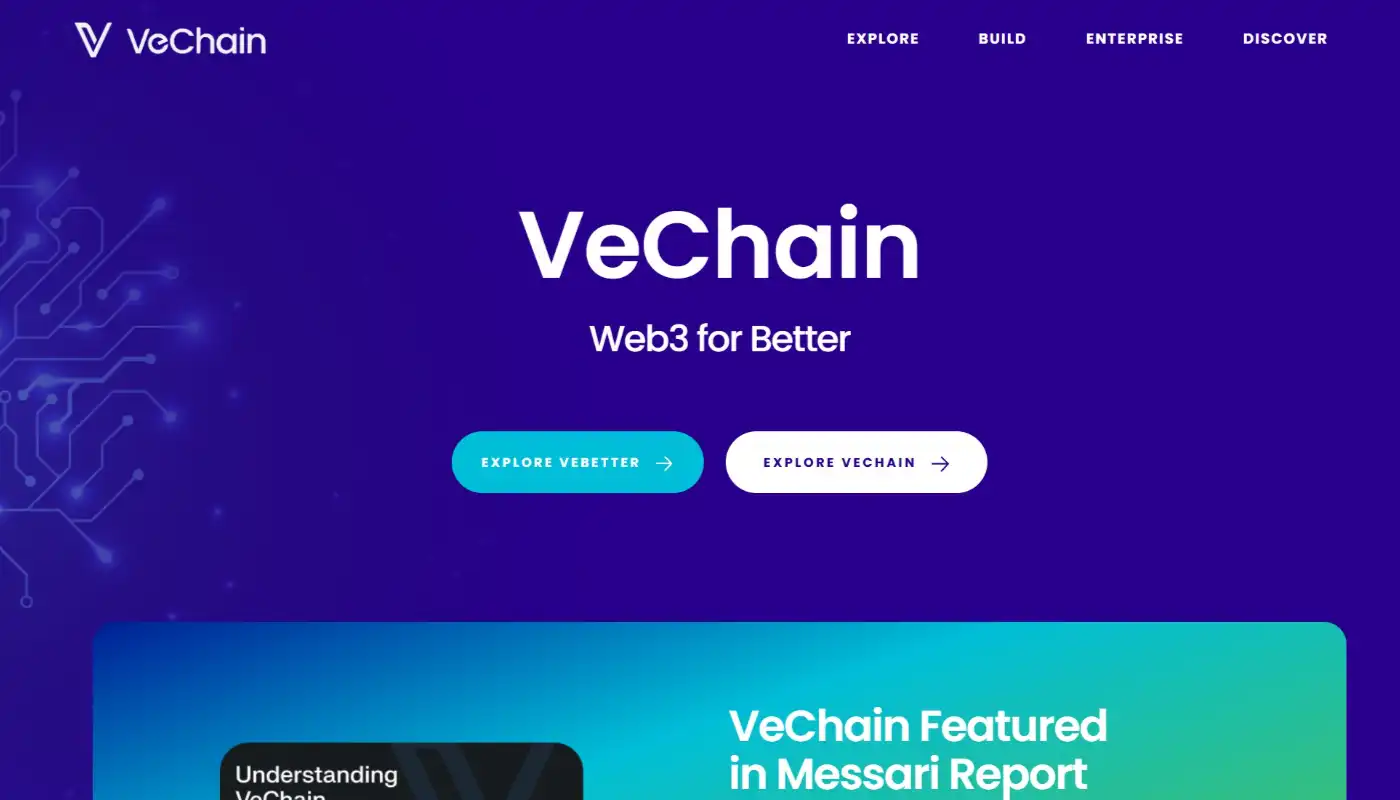
VeChain is an enterprise-grade Layer 1 smart contract platform focused on transforming supply chain management and business processes.
Companies like Walmart China use VeChain’s platform to trace food products (from farm to store) to ensure quality, origin, and safety, allowing consumers to scan a QR code for detailed product information.
VeChain partnered with BMW to securely store vehicle data, such as maintenance records, mileage, and parts history on the blockchain, creating a non-tamperable digital service book.
Power Ledger
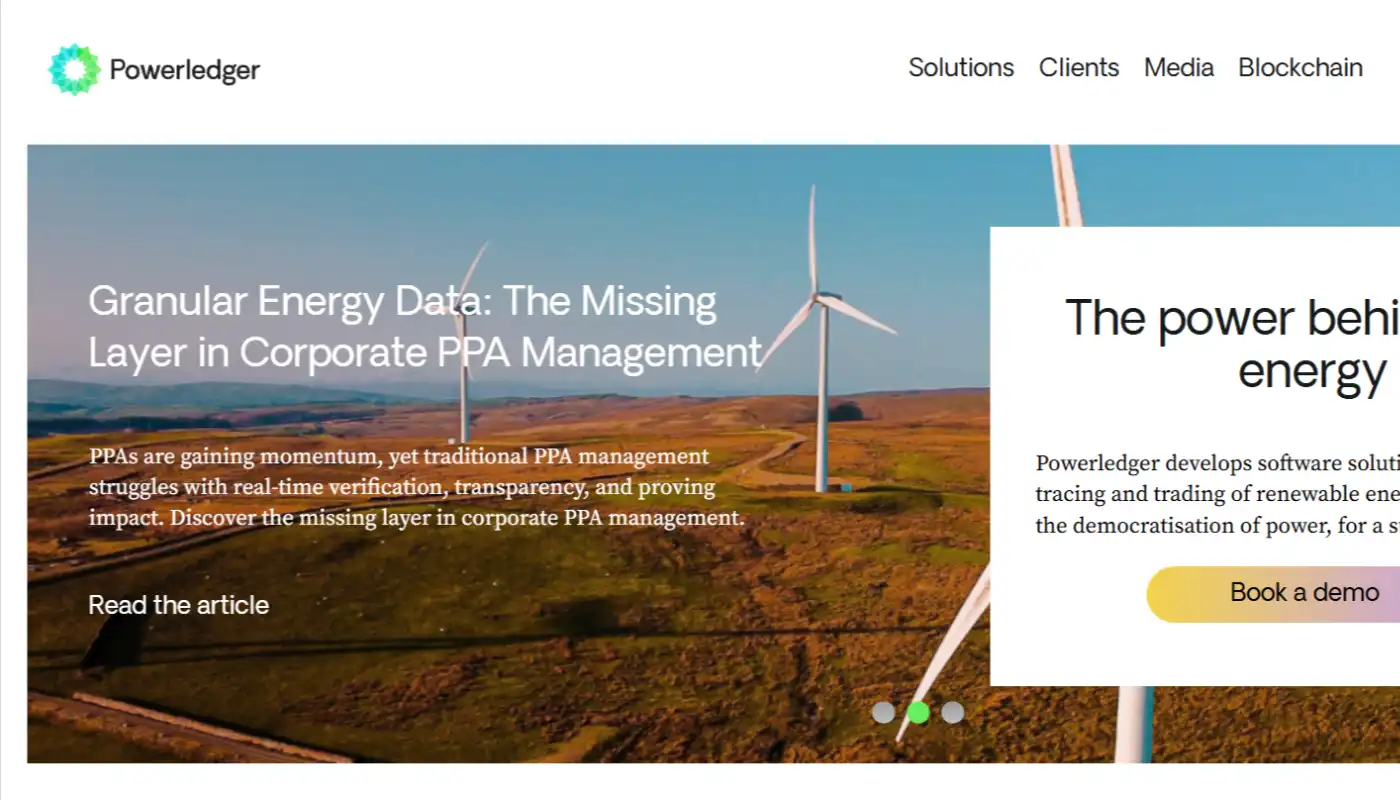
Power Ledger develops software solutions for tracking, tracing, and trading renewable energy, aiming to democratize the energy market. This solution eliminates traditional utility intermediaries.
Power Ledger’s peer-to-peer (P2P) energy trading solution has been piloted in places like India (with Tata Power-DDL) and Australia.
OriginTrail
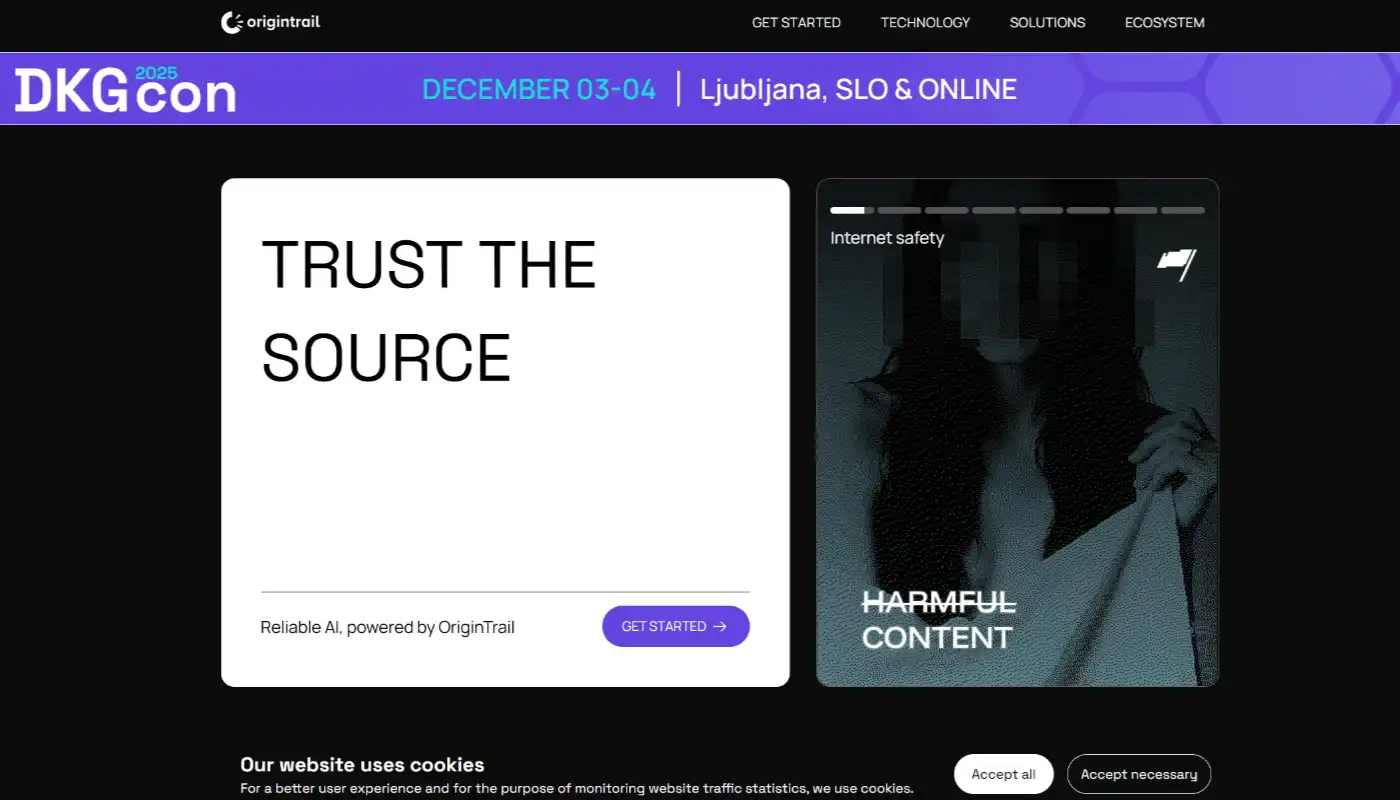
OriginTrail is building a Decentralized Knowledge Graph (DKG) to organize and verify data for both humans and AI, ensuring trust and traceability.
SCAN adopted OriginTrail to secure import data for products entering the USA, ensuring factories and shipments are compliant and authenticated.
OriginTrail integrated with the EU Digital Building Logbook to provide a tamper-proof database for a building’s entire lifecycle, from design to maintenance.
Worldcoin

Worldcoin’s core mission is to create a global digital identity and financial network in the age of AI, centered around its World ID protocol.
This is achieved via an iris scan through the Orb device, which creates a privacy-preserving cryptographic hash (World ID).
The essence of Worldcoin is to verify that a user is a unique human being (and not a bot or AI) without revealing their personal identity.
Enterprise Blockchain Solutions Shaping the Future
Public blockchains are not the only ones caught up in the innovation. Enterprise blockchains are also undergoing rapid innovation, moving far beyond their initial reputation as a corporate counterpart to public crypto networks.
Enterprise blockchain solutions are poised to reshape numerous industries by offering new levels of transparency, security, and efficiency. Also, since these are permissioned networks, participants must be verified, making them blockchain projects for finance.
Here are some key examples of enterprise blockchain solutions that are shaping the future:
Supply Chain Management & Logistics
Enterprise blockchain solutions create an immutable, transparent record of a product’s journey from origin to consumer. This process promotes traceability, efficiency, and reduces fraud.
A real-world example is IBM Food Trust (built on Hyperledger Fabric). IBM Food Trust is used by major retailers like Walmart, Carrefour, and Wakefern Food Corp. to trace the source of food in seconds. This significantly reduces the time needed to manage outbreaks and recalls.
Financial Services & Cross-Border Payments
Enterprise blockchain solutions streamline interbank transfers, clearing, and settlement processes. This process aids faster transactions, lower costs, eliminates intermediaries, and automates documentation.
For instance, JPMorgan’s Onyx (built on Quorum, an Ethereum-based platform) is used for interbank information exchange and wholesale payments.
RippleNet offers a global payment network connecting banks and payment providers for fast, low-cost cross-border payments. R3’s Corda is one of the best blockchain platforms specifically designed for financial services, focusing on privacy and interoperability.
Digital Identity & Data Management
Enterprise blockchain solutions give individuals control over their personal data and credentials. This leads to secure Know Your Customer (KYC) and Anti-Money Laundering (AML) compliance data, and Decentralized Identity (DID).
Sovrin Network, a public-permissioned blockchain, is a decentralized global public utility for self-sovereign identity.
ConsenSys collaborated with Dubai to launch Smart Dubai for a seamless city experience, including digital identity solutions for citizens.
Healthcare
Enterprise blockchain also offers secure and interoperable management of patient data and drug tracing to ensure integrity and compliance. This is done via Electronic Health Records (EHRs), drug traceability, and an immutable record of trial data.
A notable example is MedicalChain, which enables patients to store their health records securely on the blockchain and control who can access them.
Real Estate & Asset Tokenization
Finally, Enterprise blockchain solutions streamline property transactions and democratize investment. This process aids and automates property transfer, reducing paperwork and closing times. It also promotes asset liquidity and fractional ownership, allowing for fractional investment by smaller investors.
For instance, Propy uses blockchain for secure and fast real estate transactions, including transferring property ownership.
The examples above prove that enterprise blockchain is moving beyond initial hype to deliver tangible value, primarily by establishing shared, trusted, and auditable data for multi-party business processes.
The Future of Blockchain Technology

The future of blockchain technology is focused on expanding Blockchain’s utility beyond cryptocurrencies to become a foundational layer for digital trust, transparency, and efficiency across multiple industries.
The evolution of blockchain is being driven by several trending blockchain innovations, which include:
- Real-World Asset (RWA) Tokenization: Converting physical assets like real estate, art, and commodities or even financial instruments (bonds, equities) into digital tokens on a blockchain.
- Interoperability & Cross-Chain Solutions: Developing protocols and mechanisms that allow different, independent blockchain networks to communicate and exchange assets or data seamlessly.
- Integration with AI: Combining the immutable, tamper-proof record-keeping of blockchain with the analytical power and automation of Artificial Intelligence. A good example is Sam Altman’s Worldcoin, which integrates blockchain with AI. Worldcoin uses AI to process biometric data, which is then stored on a blockchain to create a global digital identity system known as World ID.
- Blockchain-as-a-Service (BaaS): Providing pre-built, cloud-based infrastructure and tools that allow business owners to integrate blockchain technology easily without needing extensive in-house expertise.
- Privacy-Enhancing Technologies: Utilizing advanced cryptography, such as Zero-Knowledge Proofs (ZKPs), to verify transactions or data integrity without revealing the underlying sensitive information.
- Scalability Solutions: Implementing architectures, like modular blockchains and Layer 2 protocols, to increase transaction throughput and speed while lowering fees.
Challenges to Overcome
Despite its vast potential, the widespread adoption of innovative blockchain solutions faces significant hurdles, such as regulatory clarity, technological maturity, energy consumption, and integration complexity.
Conclusion: The Path Ahead for Blockchain Utility
The best blockchain projects in 2025 are those successfully moving from theoretical promises to practical, high-throughput utility. The shift is away from generic platforms toward specialized, high-performance solutions.
Ethereum remains the dominant base layer, while Solana and Avalanche compete fiercely on speed and institutional subnets.
The true catalysts for growth, however, lie in projects like Chainlink, which connect the world to the chain, and the burgeoning trends of RWA Tokenization and AI integration, which represent the next phase of mainstream adoption.
Looking forward, the future of blockchain technology is utility and convergence. Convergence with traditional finance (TradFi), AI, and the convergence of chains will mature, creating a seamless, interconnected multi-chain ecosystem.
We recommend that investors, as well as developers, prioritize projects demonstrating clear utility, strong community/institutional backing, and superior scalability architecture.
Frequently Asked Questions (FAQs)
What is blockchain technology?
Blockchain technology is a decentralized and distributed ledger that records transactions in a secure and immutable manner.
Can businesses benefit from adopting blockchain technology?
Yes, businesses can benefit significantly by adopting blockchain technology. It can enhance transparency, reduce transaction costs, improve security, and streamline operations.
What is a Layer 2 network, and why is it important in 2025?
A Layer 2 is a secondary framework or protocol built on top of the primary blockchain (Layer 1). Layer 2 networks are very important because they process transactions off the main chain, thereby increasing transaction speed and reducing costs.
Why is Real-World Asset (RWA) tokenization a major trend?
RWA tokenization is important because it bridges the gap between blockchain technology and traditional assets (like real estate, stocks, and bonds).
How does AI integrate with blockchain projects?
The combination of AI and blockchain creates secure, transparent, and intelligent systems. Blockchain provides an immutable and decentralized layer for data storage and verification, which is essential for training trustworthy AI models.
What is the main problem modular blockchains are trying to solve?
Modular blockchains address the Blockchain Trilemma by separating the main functions of a blockchain into different specialized layers. This allows developers to choose the best layers to use, leading to customized, efficient, and scalable applications without compromising security.


